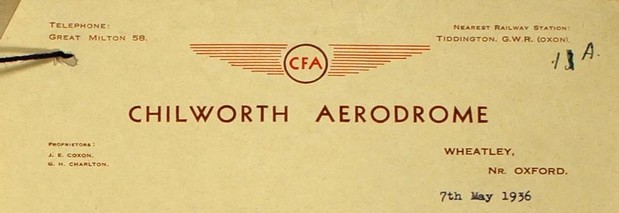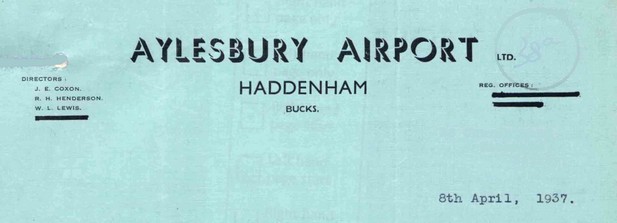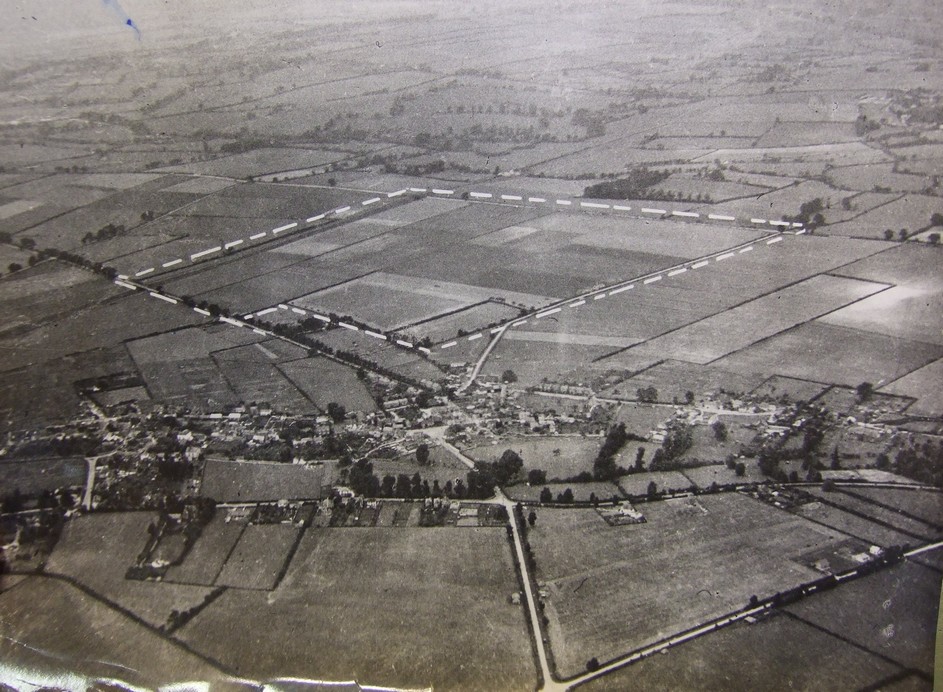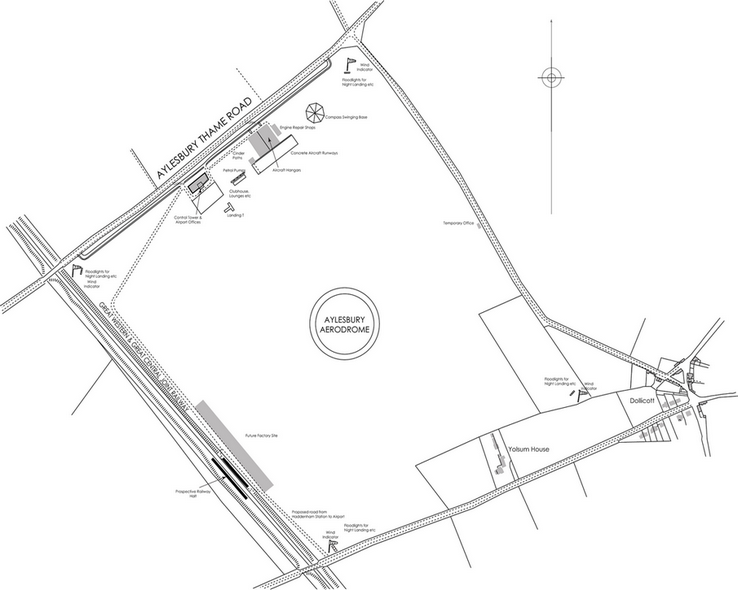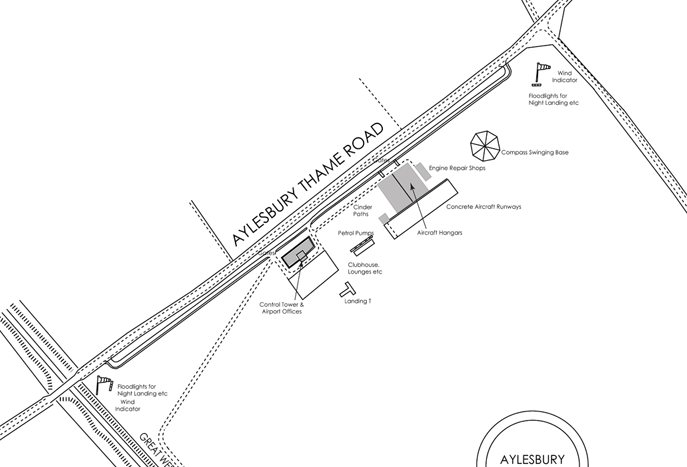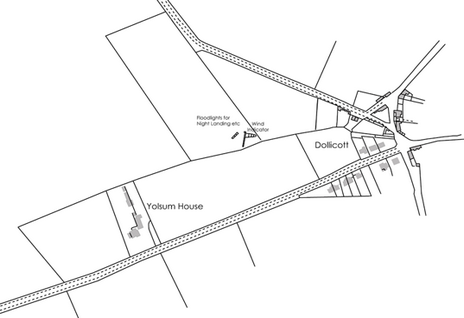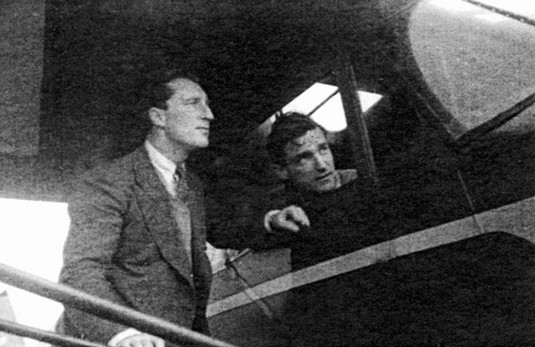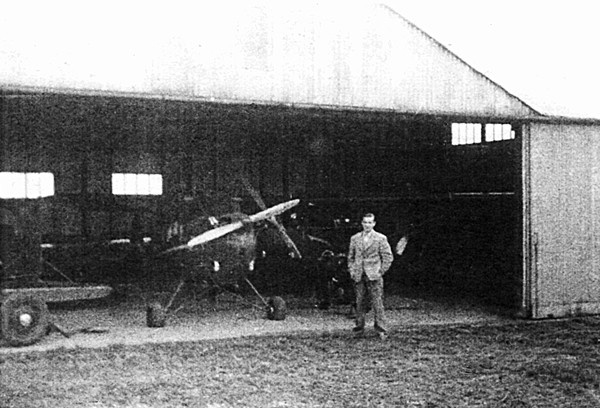|
The first order of business was to order six Piper Cub’s to start the
training with. The version chosen was the J-4 Cub Coupe which had two
seats side-by-side instead of the more familiar tandem arrangement of the
famous J-3. The Cub’s were chosen in favour of the obvious types from the
De Havilland stable such as the Gypsy Moth because they were much cheaper
to buy and run and also had an enclosed cockpit, the latter being in the
forefront of the mind of any instructor working in the British
climate!
The land purchase was finally completed early in 1939
but it was to be some time before things could get going, in fact
Thomas Cholmondeley Tapper spent the early part of 1939 in the Alps as
part of the British Ski Team. CTF Aviation was incorporated on 1st June
1939 with the intention of opening in September/October 1939.
The first
Cub was put on the British register on 28th of August 1939 and was
hangared in a small building situated on the north side of the airfield,
just about where John Coxon's Control Tower would have been. There were
three more waiting at Hanworth to be collected.
G-AFXS was one of 24
J-4’s delivered to Britain that year, however certain events on the
Continent were conspiring against CTF Aviation and so very little flying
was done.
All civilian flying was 'officially' stopped in
Britain on August 31st 1939 and the airfield was requisitioned by the
Air Ministry in November.
Dennis Fox, being a member of the Volunteer Reserve, was called up and
went into Bomber Command. Thomas Cholmondeley Tapper went into the Air
Transport Auxiliary. (See the chapter on Airtech Ltd for more information
on their wartime service). |
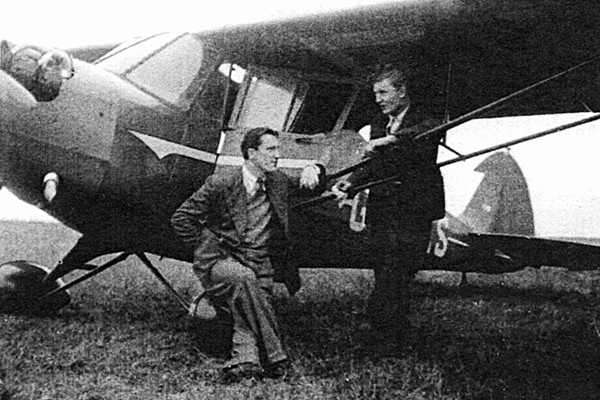
|
